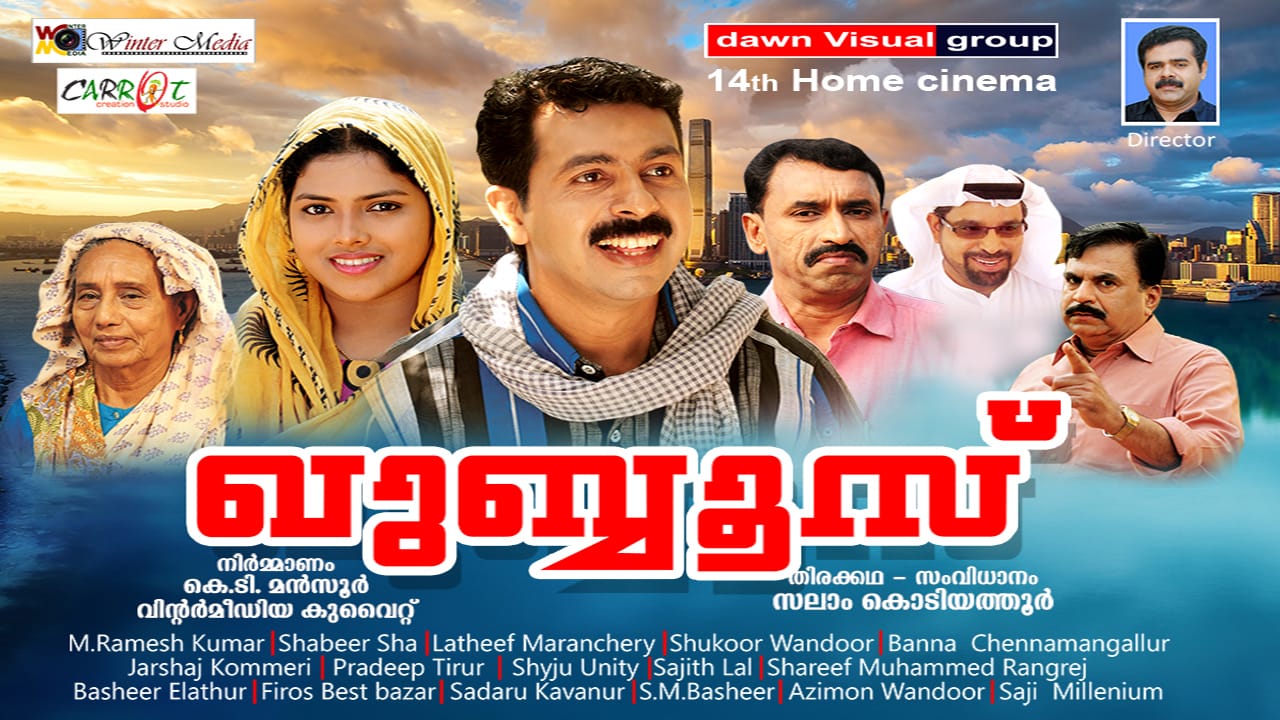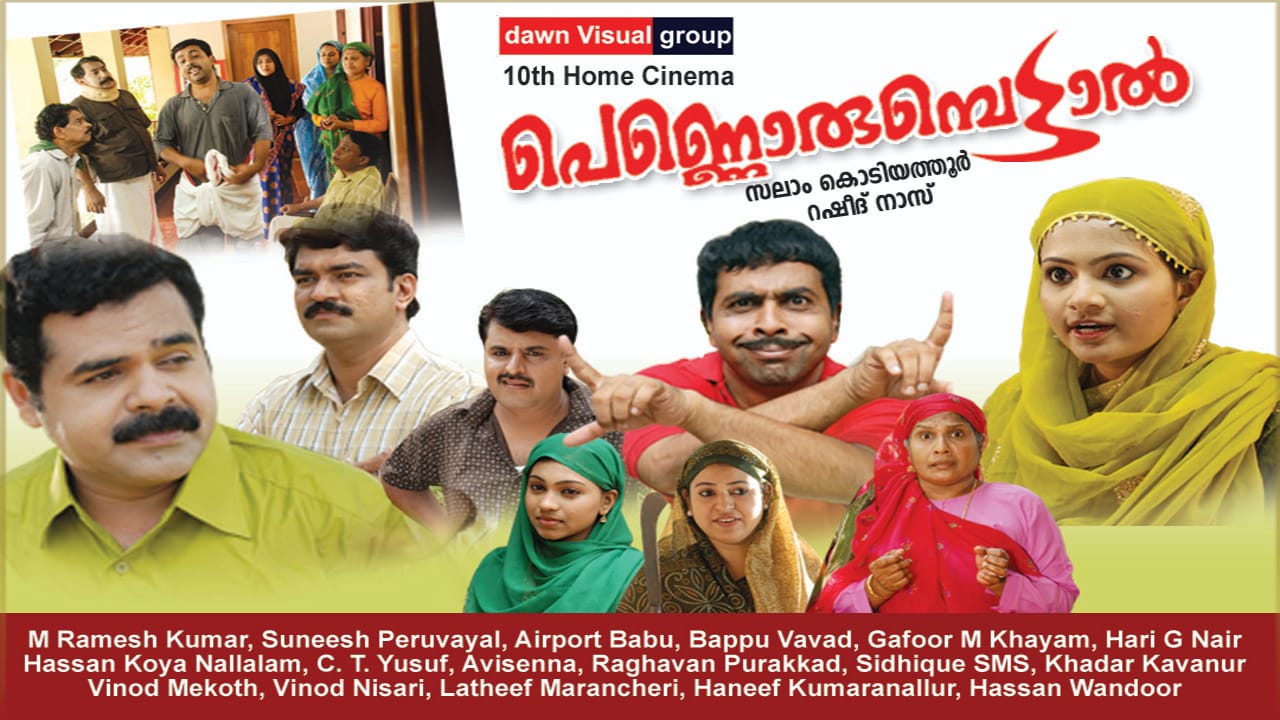
- Home
- India
- World
- Premium
- THE FEDERAL SPECIAL
- Analysis
- States
- Perspective
- Videos
- Sports
- Education
- Entertainment
- Elections
- Features
- Health
- Business
- Series
- In memoriam: Sheikh Mujibur Rahman
- Bishnoi's Men
- NEET TANGLE
- Economy Series
- Earth Day
- Kashmir’s Frozen Turbulence
- India@75
- The legend of Ramjanmabhoomi
- Liberalisation@30
- How to tame a dragon
- Celebrating biodiversity
- Farm Matters
- 50 days of solitude
- Bringing Migrants Home
- Budget 2020
- Jharkhand Votes
- The Federal Investigates
- The Federal Impact
- Vanishing Sand
- Gandhi @ 150
- Andhra Today
- Field report
- Operation Gulmarg
- Pandemic @1 Mn in India
- The Federal Year-End
- The Zero Year
- Science
- Brand studio
- Newsletter
- Elections 2024
- Events
- Home
- IndiaIndia
- World
- Analysis
- StatesStates
- PerspectivePerspective
- VideosVideos
- Sports
- Education
- Entertainment
- ElectionsElections
- Features
- Health
- BusinessBusiness
- Premium
- Loading...
Premium - Events

In Malabar, making and unmaking of a whole new genre of 'home cinemas'
Home videos, shot mostly in rural settings in which the characters speak the local dialect, are phenomenally different from the mainstream Malayalam cinema.

The story revolves around a rich man and his prodigal son, their strained relationship with the poor villagers and the way the two exploit them. The rich man ignores his bedridden father and treats him like a burden. Two years later, the rich man himself falls sick due to kidney failure. But his son follows the father’s path and refuses to donate a kidney. The rich man realises his mistakes...
The story revolves around a rich man and his prodigal son, their strained relationship with the poor villagers and the way the two exploit them. The rich man ignores his bedridden father and treats him like a burden.
Two years later, the rich man himself falls sick due to kidney failure. But his son follows the father’s path and refuses to donate a kidney. The rich man realises his mistakes and hopes that God will forgive all his sins.
The village priest, however, advises him that God can forgive only the sins done to him and not those done to the fellow human beings. The only way now for the rich man is to do away with his immorally acquired wealth and to give it back to those who deserve it. The rich man’s son is furious and warns his father against listening to the priest. The son later dies in an accident.
This is the central theme of the first-ever Malayalam ‘home cinema’. Directed by Salam Kodiyathoor, who is known also as the ‘father of home cinema’, the movie, You Made Me a Lunatic, was shot in 1999 and released in 2000. Home cinema, also locally popular as home videos, is a unique genre in Malayalam cinema which has been quite popular in the Malabar region since the early 2000s. These are full-length feature films, but locally made and screened.
Making a movie
These home videos, shot mostly in rural settings in which the characters speak the local dialect, are phenomenally different from the mainstream Malayalam cinema, which are often contextualised in an upper caste Hindu cultural backdrop. Home cinemas are not meant for theatrical release. They don’t star any of the popular names. Rather, all the actors in these movies are ordinary people with no academic or practical exposure to the glitzy world of cinema.
Making of these home videos started during the time when video cassettes, CDs and DVDs occupied a big market share in Kerala. The last home cinema by Salam Kodiyathoor was made in 2018.
But with CD and DVD shops becoming obsolete and a slew of new streaming services shifting the way consumers watch movies and TV shows, home cinema has now lost its shine.
A struggling genre
Before jumping into making home cinema, Salam Kodiyathoor was a school teacher with a passion for movies since childhood. But his story is not the usual one of an aspiring filmmaker struggling to get an entry to mainstream cinema. He neither has tall claims about falling in love with cinema influenced by world classics or renowned directors like Godard or Eisenstein. He has never been to a film school, nor has been part of the film society movement that flourished in Kerala since the 1960s.
On the contrary, his world of cinema was limited within the sphere of commercial Malayalam movies that hit the theatres in his village in Malappuram—the district with the largest number of Muslim population in Kerala.

Going to a theatre and watching a movie was not that easy. “Cinema was generally perceived as forbidden (haram) for Muslims. Although there were no stringent rules, there was always a taboo around cinema,” says Kodiyathoor.
According to local lore, the idea of ‘home cinema’ was born as a counter-narrative to mainstream Malayalam commercial films that nurtured ‘evil values’. Towards the end of the 1990s and the beginning of 2000s, the Malayalam film industry witnessed two trends.
One was the surge of softcore movies, locally called ‘Shakeela movies’ because of actor Shakeela who is best-known for her softcore and B-movies. The other was superhero films glorifying ‘aggressive masculinity’.
Mohanlal-starrer action thriller Narasimham and Kinnarathumbikal (featuring Shakeela), the two movies that hit the box office in 2000, are believed to have ‘contributed’ to the success of home cinema by bringing back the traditional Muslim viewers from movie halls.
According to Kodiyathoor, that was a major reason behind the success of home cinema. And that is why, Kodiyathoor tells The Federal, he started making films that people from his locality wanted to see.
However, the scenario wasn’t the same everywhere else in Kerala. The Malayalam film industry had a significant presence of Muslims, including superstars and producers who held enough sway over the industry (for instance, yesteryear superstar Prem Nazir and legendary producers and directors such as Babu Sait and Moidu Padiyath).
Then what is so unique about home cinema that keeps its audience away from the commercial potboilers?
Unique factor
Even though it adheres to the rules and grammar of the mainstream films, including certification from the censor board, home cinema maintains a safe distance from intimate romantic scenes, lip-locks, action, violence and hero worshipping. Instead the two-and-a-half hours full-length feature films disseminate ‘moral values’ in an Islamic cultural context.
“The main reason behind the popularity of home cinema is that the families could watch it together,” says Kodiyathoor. For him, a film that qualifies to be a ‘family movie’ is one which does not have an open display of affection between men and women and carries a moral lesson.
Home videos explored the anxieties over the erosion of moral values, the ascendancy of consumerism and ‘western culture’ and the debilitation of human relationships. Home cinema rather focussed on social evils such as dowry, superstitions, avarice and negligence shown towards old parents. The very first cinema, You made me a lunatic, gives a strong call finding your way back to god’s path by giving up on material gains.
Although Kodiyathoor had no exposure to filmmaking before, he likes to call himself an ‘artist made by theatre’. “I used to act in dramas. I also directed and wrote dramas for All India Radio. My only exposure to cinema was that of watching movies. I was quite unaware of the grammar of making a film,” says Salam.
His first attempt was an adoption of a play by the same name. It was his own directorial work that was staged across the district and had received popular appreciation. However, while making the film, Kodiyathoor did not have much idea about the marketing aspects. “We produced VHS cassettes and distributed them to cassette shops. In a few days, all the cassettes were sold out,” he smiles.

Although the film was received well by the local people, he couldn’t manage to earn more than its production cost. “It was a huge loss of money in the beginning. For the first three films, I couldn’t even manage to recover the production cost even though they were liked by people,” says Kodiyathoor.
The turning point in his film career came with his fourth movie, The deceased returns (2004). It was a time of migration boom in Kerala. Migration became a central theme in cinema. Stories about the pain of separation between migrant Malayali men and their dear ones have given birth to a handful of commercial Malayalam movies too.
The Gulf boom
The ‘home cinema’ of Malabar captured this world of emotions extensively. Eight films including, The deceased returns, were partially shot in countries of the Gulf Cooperation Council (GCC). “In that time, home cinema set a record of shooting in Gulf countries. Although there were Malayalam mainstream films that narrated stories of migration, all of them were shot in Kerala only,” Kodiyathoor says.
The deceased returns tells the story of a Kerala migrant who spent his youth working in the Gulf. When he falls sick and returns to his village, he realises no one wants him around. With a broken heart he decides to go back. Soon after he dies and his corpse is brought back home.
The other home videos done by Kodiyathoor and a few other directors narrated different stories of migration—the hardships, the emotional battles, the extravagance of the families back home etc. One more Dirham, A free visa for the brother-in-law, Khuboos, Compensation, Groom for Sale are a series of films directed by Kodiyathoor in the rural settings of Malabar based on various themes of migration.
The last of this series came out in 2018 — When did you come, when do you go—also featured the life of migrants living their entire lives working hard under the scorching desert sun. (The movie was named When did you come, when do you go as a scornful response to the Malayali insensitivity towards migrants visiting home. The first thing that almost everyone always asks is—when are you going back?).
Home videos had a thriving market in the northern districts of Kerala predominantly in Malappuram and Kozhikode. Gradually, they became popular in the Gulf too. The CDs and DVDs hit the market and public screenings were organised in the labour quarters and social gatherings of Malayalees living in the Gulf.
“Home cinema flourished as a successful local business model in the early 2000s. The CDs and DVDs were sold in every nook and corner, including grocery stores and bookshops, apart from the exclusive CD shops,” says Saji Millennium, the owner of Millennium Videos, a production and distribution company based in Kozhikode.
Interestingly, the CDs were sold even in shopping centres adjacent to mosques. The commercial establishments around places of worship like the tomb of Mamburam Thangal in Malappuram actively contributed to the growth of home cinema as a successful business model.
Saji himself has produced a few home videos. He has countless number of video/audio music albums to his credit. But the declining demand for these films has left people like Saji quite disappointed. “The growth of technology caused the death of home cinema,” Saji says.
Today, the CD/DVD shops have become a thing of the past with the advent of online streaming platforms like YouTube, Amazon Prime and Netflix etc.
OTTs vs ‘home cinema’
According to those who worked in home cinema, a universal platform like YouTube does not match with the requirements of this unique genre of cinema.
“It is truly local… Stories being told in local Malabari twang with local actors,” says Kodiyathoor. He believes that there is still demand for home cinema as no other genre has replaced it so far.

There are many mainstream filmmakers who have emerged from the ‘school of home cinema’. Mushin Parari and Zakariya Mohammed, the director/script writer duo who won national acclaim for their movies like ‘Sudani from Nigeria’ and ‘Virus’, have memories of watching home cinema and being a part of it.
A Halal Love Story, a recent OTT release (in Amazon Prime) directed by Zakariya and written by Mushin and Zakariya together, narrates the struggle of making a cinema for devout Muslims. The story revolves around a group of friends trying to make a film that conforms to the rules and principles set by the Islamic organisation that they are part of. There are sufficient references to assume that this organisation is Jamaat-e-Islami. Zakariya’s passion for cinema since childhood had a close connection with Kodiyathoor films. “I used to watch the shooting, I wanted to act in his films. I even got an opportunity, but it did not work out,” he says.
Salam Bappu, the director of Red wine (Fahad Faasil) and Manglish (Mammootty), has a similar story about making a home cinema. His directorial debut, The Bride, which is an adaptation of the Urdu novel ‘Choti Bahu’ was a home cinema produced as a campaign material for the Jamaat-e-Islami. Unlike Salam Kodiyathoor, Salam Bappu had plenty of exposure to cinema for his decade-long career as an associate director.
Bappu recollects that he was asked by the organisers of Thanima, a cultural platform of Jamaat-e-Islami, to make a home cinema based on ‘Choti Bahu’. The intention was to use it as a material for a campaign run by the organisation on ‘how to build a happy family based on Islamic principles’.
The struggles he went through more or less draws an interesting parallel with the recently released Halal love story. Bappu struggled to maintain the ‘Islamic rules of making home cinema’.
“Open display of affection between man and woman even if they were couples and even for the sake of shooting was strictly discouraged,” he says, recollecting how challenging was his first attempt at making a home cinema within the rigid framework of ‘moral code’.
However, Bappu did not make any second attempt. His latest directorial work is the recently released Kannada film Srikrishna @gmail.com.
Kamal, a prominent director in the Malayalam film industry who is the chairman of Kerala Chalachithra Academy, thinks that home cinema occupies an exclusive space and carries a distinct identity. He believes it has a unique place in the cultural context of Malabar.
According to him, home cinema has an exclusive audience of its own and in no way a counter-statement to mainstream Malayalam cinema. Kamal, who was also born in a Muslim family of artists and directors, says he never faced any hurdles in his film career because of his religious identity.
According to film scholars, it would not be completely accurate to place home cinema as a product manifesting Islamic values and culture. “Those values preached in these films are universal in nature and have to be followed by all irrespective of religion,” says Kodiyathoor, who doesn’t think that his films are completely ‘Islamic’.
“Home cinema follows an Islamic ‘framework’ mainly with regard to the production and distribution cycle rather than the content,” says Ratheesh Radhakrishnan, a film scholar and associate professor at IIT-Mumbai. By ‘production and distribution cycle’,
Radhakrishnan meant the fact that the consumers of home cinema are predominantly Muslims in Malappuram district and the Muslim migrants in the Gulf countries.
For many, home cinemas are highly patriarchal in content as well. Most of the films present the ‘good woman-bad woman’ binary and how to make a family better by women adhering to the rules of patriarchy. “But this is not Islam specific,” says Radhakrishnan.
The so-called mainstream Malayalam cinema, he adds, being narrated in a Hindu cultural context is also astonishingly patriarchal.
Good or bad, one thing that is not difficult to argue about home cinema is that the traditional Muslims of Malappuram loved these films. Even the popularity of television serials could not beat the home cinema market. It was only the shift in technology that sounded the death knell for CDs and DVDs, and along with them, the home cinema.
But the makers of home cinema are still hopeful. “Now that the theatres are closed, there is always great potential for this idea of bringing cinema to homes,” smiles Kodiyathoor.
